Europe-China Forum
Next event In person & livestreamed

- Area of Expertise
- Global Europe
Global Europe

President of the Working Group for an ASEAN Human Rights Mechanism, Singapore (MARUAH)
It is a global challenge that no one could have missed: rising income inequalities and people living in poverty.
Today, poverty is seen through a multi-dimensional lens. It is no longer considered to have just economic impact on a person’s life, but poverty is acknowledged to also have social, political, cultural, environmental and even religious dimensions. The 2015 Sustainable Development Goals (SDGs) even contextualised poverty in human rights terms. Hence, the United Nations Agenda 2030 is the clarion call and an alignment opportunity for all countries to focus on reducing poverty through policies and action plans to meet the SDGs by 2030.
Income gap and rising poverty are a result of several factors, such as political forces that fail to manage the distribution of national incomes or weakly enforced financial policies; the adverse effects of globalisation resulting in job loss in one country and increase in another; the past global and regional financial crises that still have a carry-over effect; and even climate change, resulting in more hardship as people are subjected to emerging natural disasters and difficult weather conditions. Some 400 million people, or around 10.3% of the Asia-Pacific region’s population, were living in extreme income poverty between 2010 and 2013. The region’s extremely poor populations accounted for some 52% of the world’s extremely poor people during 2010–2013, down from 65% of the total during 2000–2004. In the European Union, the average poverty line was at 9.8%.
Measures that both Europe and Asia are taking on to tackle the issue are similar in approach
Measures that both Europe and Asia are taking on to tackle the issue are similar in approach, yet they are adapted to the political, social, cultural and environmental needs of the respective regions. Policies to increase taxation in the form of progressive taxes have been one attempt to narrow inequality, but there must be more targeting of the wealthy, more governance and more accountability of finances so that Asia and Europe do not follow the example of the United States and have the rich pay considerably little income tax.
Beyond taxation, Asia and Europe also have more plans to invest in rural livelihoods. They are also investing in re-equipping people with new skills to meet the newly-emerging needs of digitised societies and economy. Both regions have multi- and bi-lateral trade agreements as well as investments in countries to build up the economy for both wealth creation and sustainable living standards. Asia in particular is investing in building infrastructure and social services and protection, while the European Union has set a clear target in its Europe 2020 Strategy to have 20 million people fewer than today living below the poverty threshold. The EU has also mapped future economic growth over the coming three years by asking each country to put together a National Action Plan to reduce poverty with clear targets and identified key industries for innovation, digitisation and education. Asia does not yet have a similar concerted regional plan as Europe, but individual countries and regional blocs such as ASEAN have set goals in their official documentation and action plans to eradicate poverty through social protection, micro-entrepreneurships and capacity-building.
It is a global challenge that no one could have missed
Both regions as well as the individual countries face challenges of effective coordination and outreach at local, national, regional and international levels to meet the targets of poverty reduction and to enable people’s livelihoods to reach a sustainable level as described in the SDGs. Understandably, in both regions, developing countries need more aid, whether through initiatives such as Overseas Development Aid in Asia or through blocs, such as the EU in Europe. The countries in need of support also need technical assistance, policy formulation, impact assessment schemes, promotion of labour intensive manufacturing activities, upscaling the informal sector and promoting small and medium-sized enterprises. Despite potential difficulties in achieving these ambitious targets, such provisions mean that the countries and their people will see a rise in labour productivity and mobility as well as in the number of business ventures. All countries need to also do more in terms of social protection. Perhaps surprisingly, the current social protection schemes meet the needs of too few poor people, as they often target and reach the lowest quantile only, while many others are living in poverty across other quantiles.
Reducing poverty is a daunting task for both Asia and Europe, and especially challenging for those countries that have high levels of poverty and that are locked in their own internal and domestic turmoil. But a focused approach on the issue means that in another decade, more people have had the opportunity to have the basic necessities, to work, to become independent, and to have their dignity and confidence restored. The road there might difficult but reducing poverty is our shared responsibility with far-reaching benefits to us all.
This article is from Friends of Europe’s discussion paper ‘My ASEM wishlist: how Asia and Europe should really be working together’, in which we go beyond officialdom and seek out ‘unusual suspects’ – students, teachers, activists, journalists, think tankers, etc. – who consider where they would like the state of Asia-Europe relations to be by 2030 and what the two continents should do to get there.
Next event In person & livestreamed

Past event
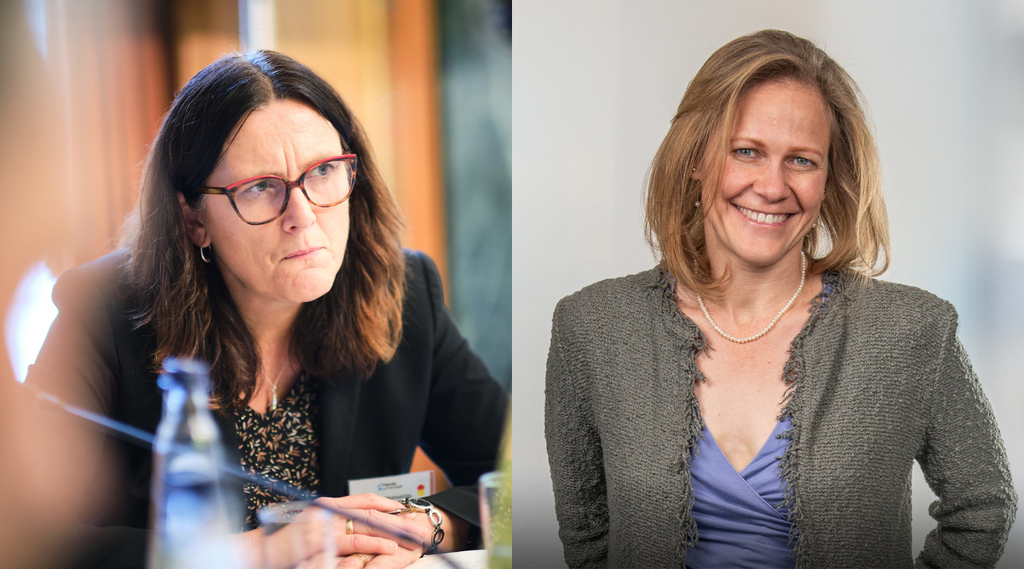
Past event Online
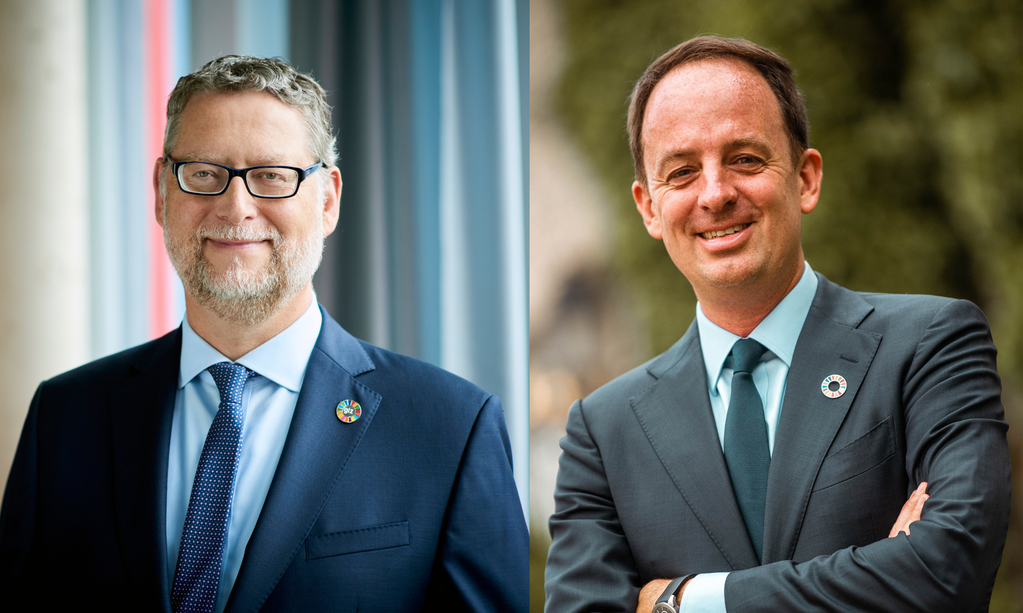
Past event IN PERSON & ONLINE

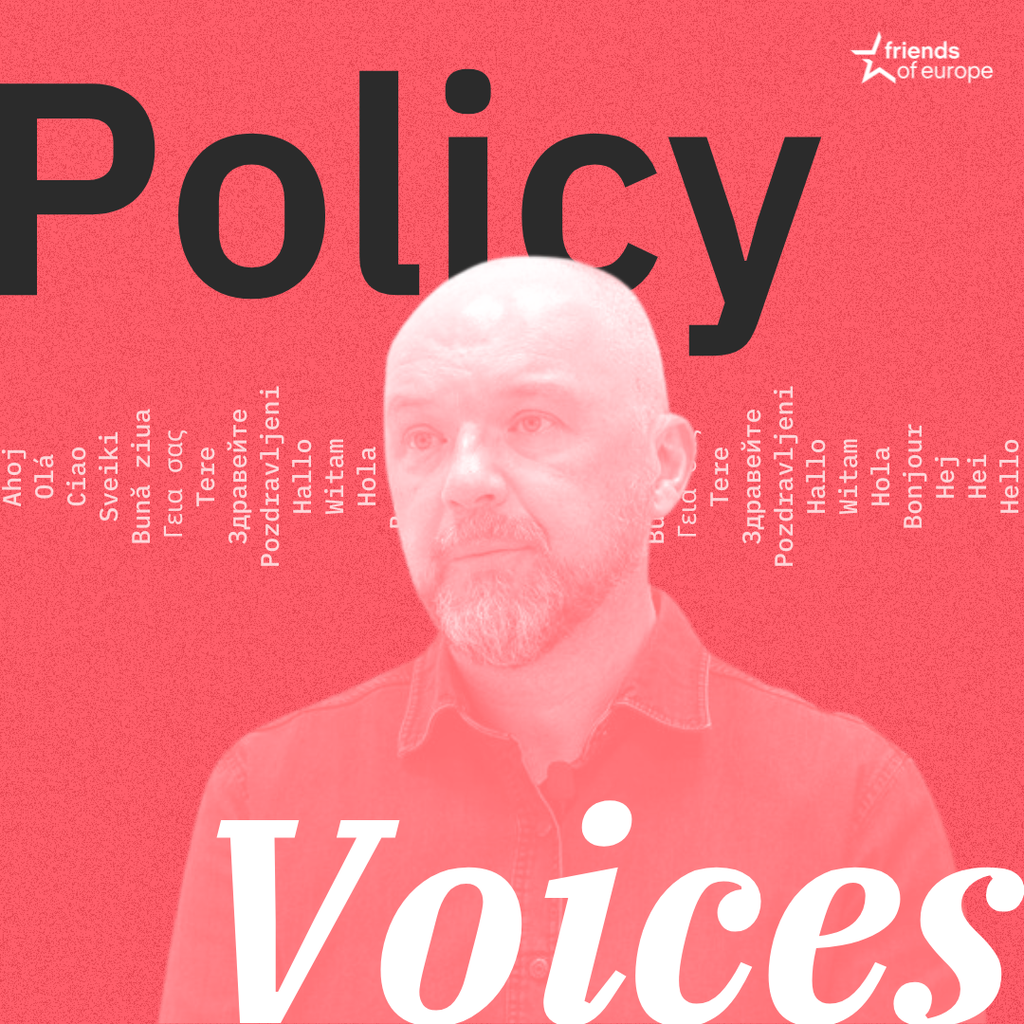
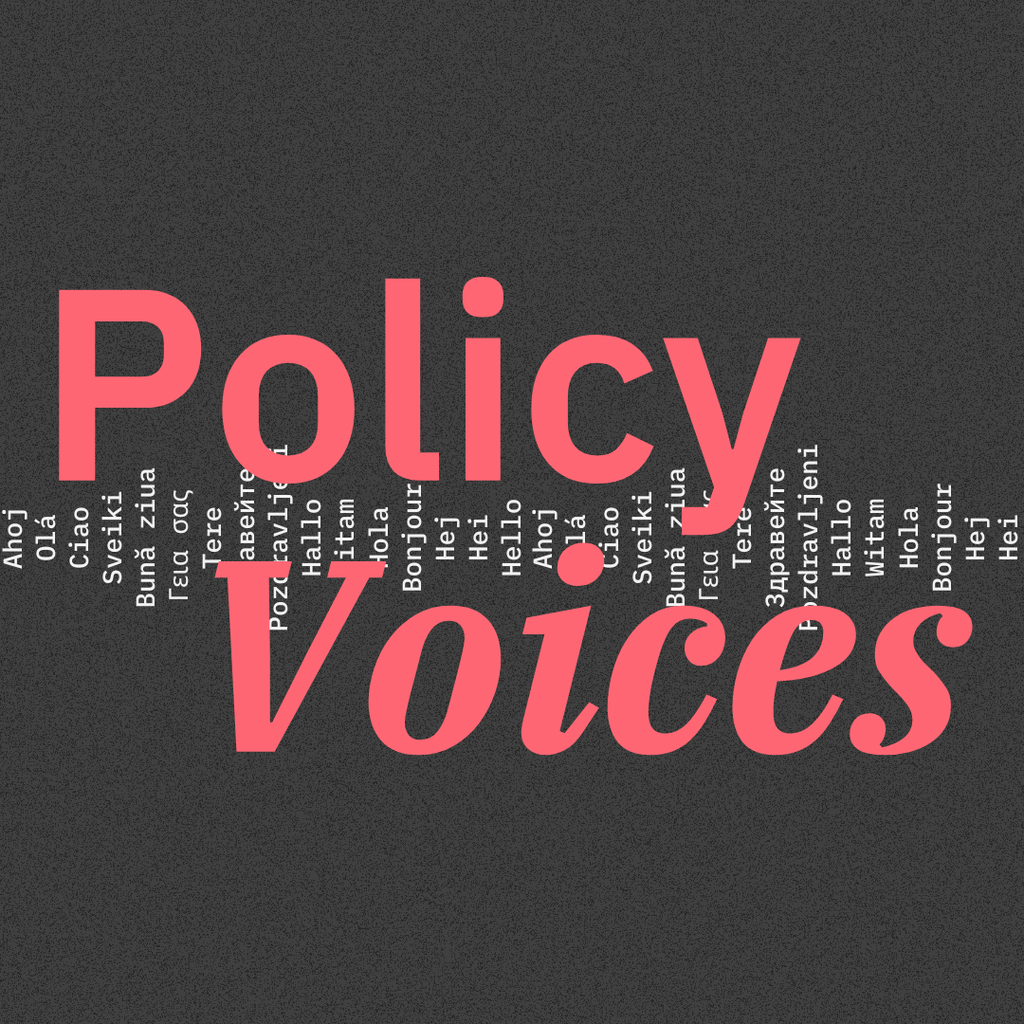
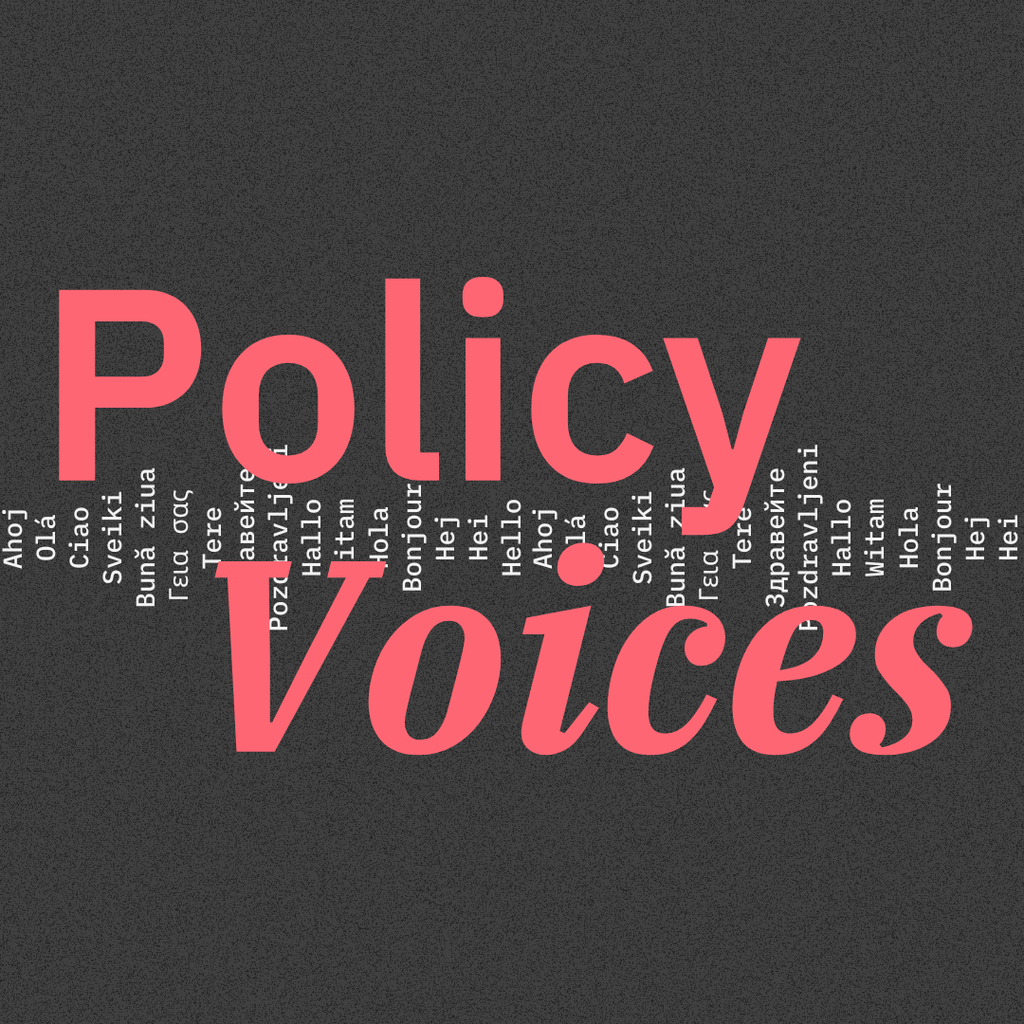

Stay informed
We use cookies and similar technologies to adjust your preferences, analyze traffic and measure the effectiveness of our campaigns. Learn more about our privacy policy.